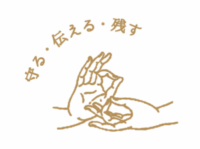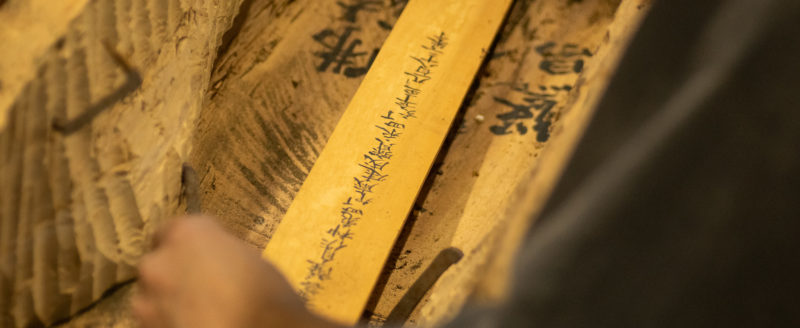The Niou statues has guarded the gate of Makidera Chokokuji Temple (Konan City, Kochi Pref.) since the Muromachi Period (1336-1573). The restoration which was a long-cherished wish of the parishioners began since two years.
Due to restrictions caused by COVID-19 and sudden reschedule in other projects, we are behind our plan, but we are currently working steadily and daily to face the Niou statues.
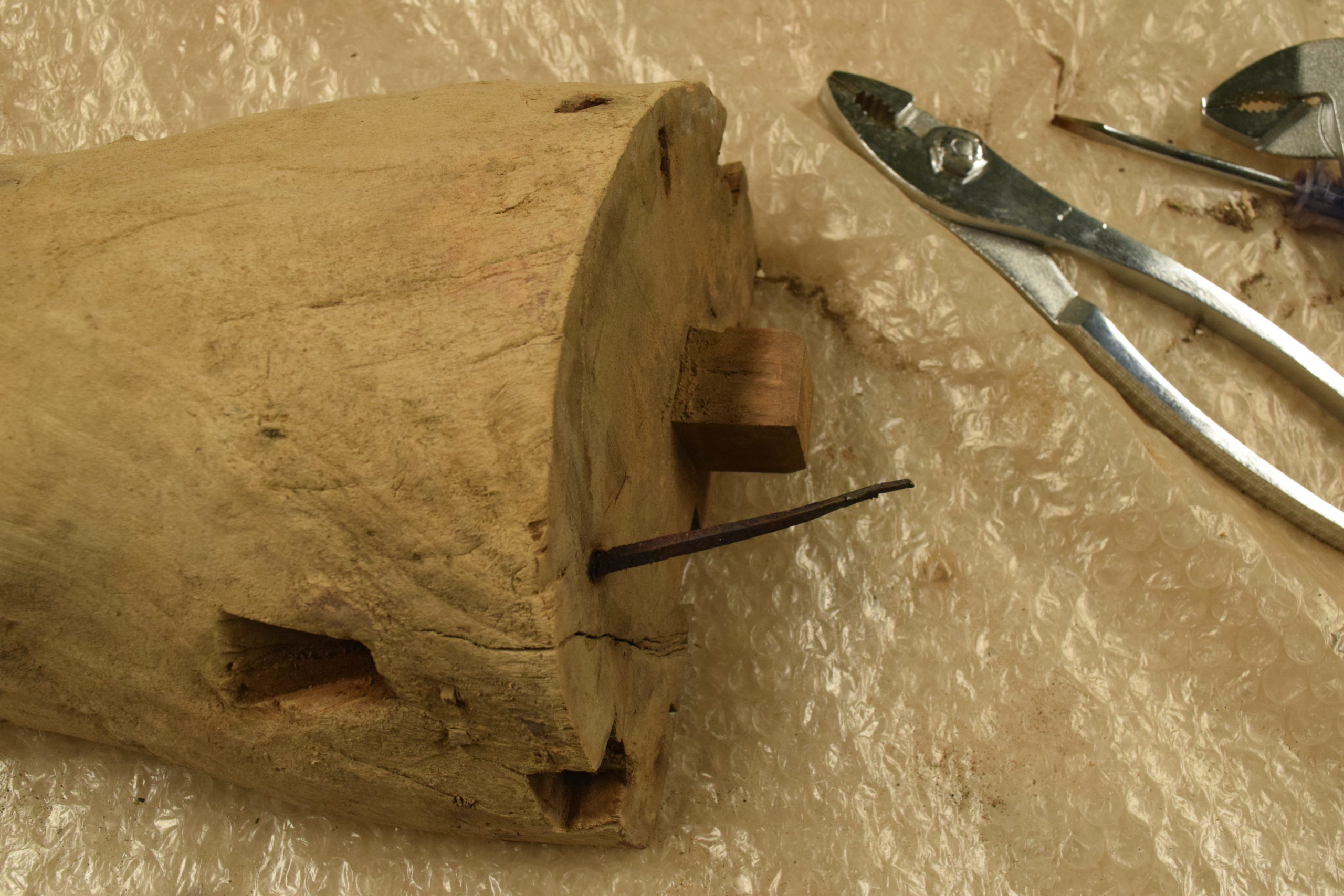
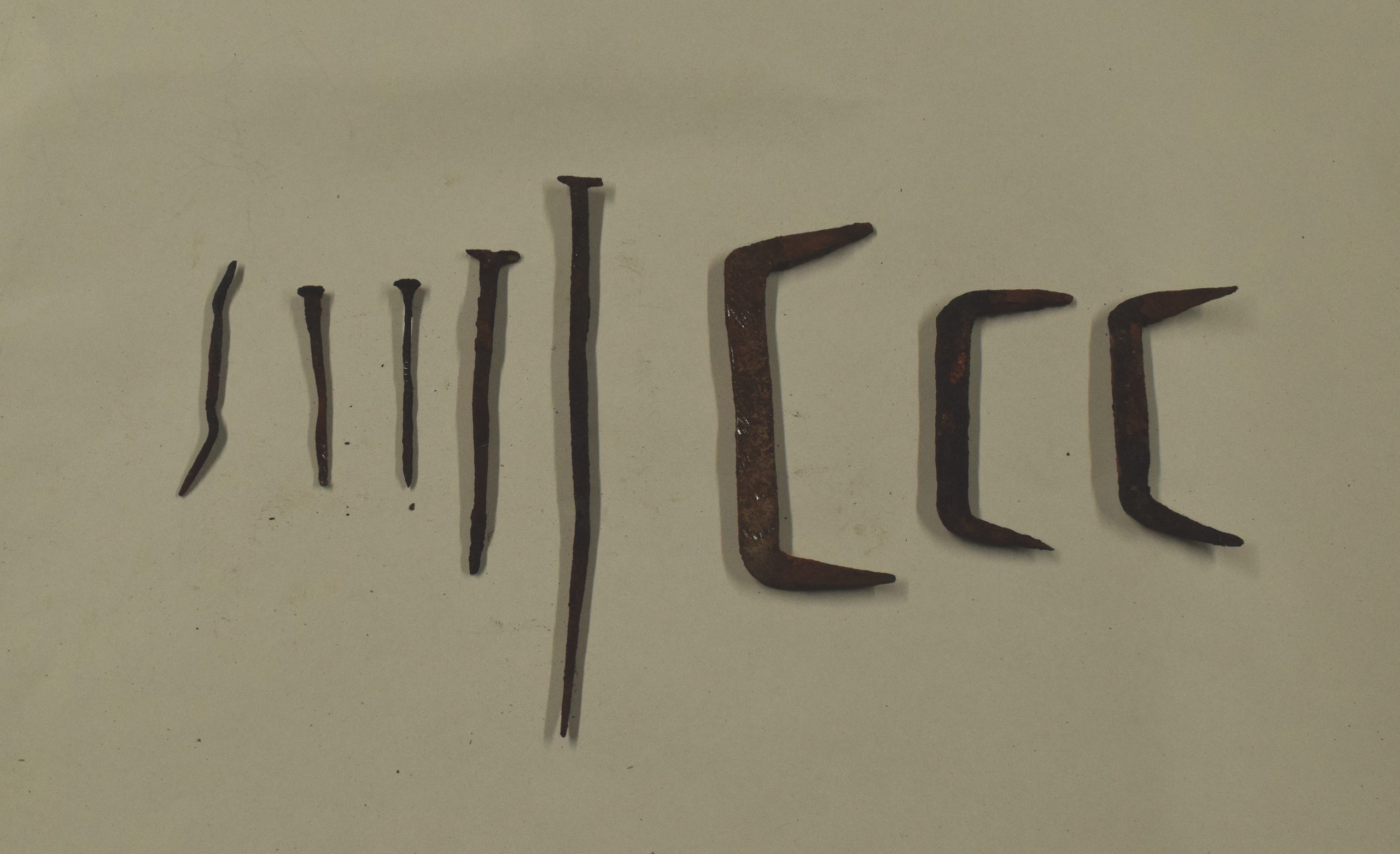
Through research after the dismantling, we have learned that the facial part of the statue as it was originally created seems to have survived, and that most of the other parts of the statue were made in the Edo Period to match this facial part.
From this, we can sense the strong will of the priest Josan (如三), who was the abbot of the temple during the last Edo Period when the large-scale restoration was conducted, to preserve traces of original of the Niou statues.
In mid-June, the current priest Gen-yo (玄要) and members of the temple family visited our studio. We explained them about removed nails and cramps, as well as the dismantled parts.


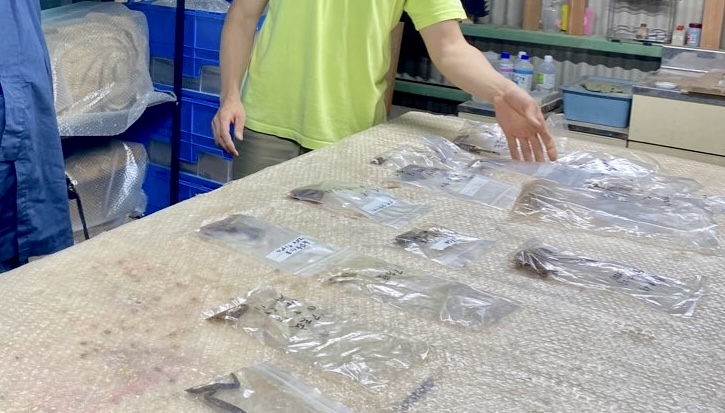
Since it was difficult to reuse these nails and cramps, we asked a blacksmith specializing in Japanese nails to order 250 of them. We expect that they will support the Niou statues for a long time.
Future work will include impregnating the statues with resin to stop further damage, and taking photographs to document the structure. This is to create a three-dimensional diagram of how the statue as a whole is composed. In addition, we are also working on the identification of the tree species on the face and other parts of the statue, as well as scientific research such as dating.
Although time-consuming, this kind of detailed documentation and research is very important in addition to mere restoration work. In connection with the records, we consulted with the priest to ask parishioners about their episodes and memories related to the Niou statues.
I believe that not only the history of Makidera Chokokuji temple and its surroundings will be more cultured through professional restoration and research, but also that the words of the parishioners will convey the extent to which the statue was researched and restorated based on their wishes, prayers, and aspirations.
The restoration records will support people for the next 300 years and will be passed on to the future, just as the restoration in the Edo Period has passed on to us.
Thank you for your continued support.
